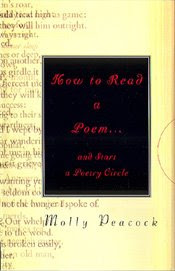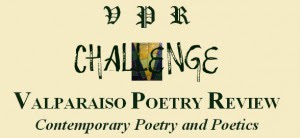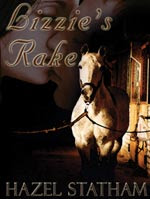Welcome to the latest edition of Mailbox Monday, sponsored by Marcia at The Printed Page.
I’ve been accepting fewer books fore review, but I have received a few this week and I can’t wait to read them.
1. The Guernsey Literary and Potato Peel Pie Society by Mary Ann Shaffer and Annie Barrows for a TLC Tour in August.
2. Mr. Darcy, Vampyre by Amanda Grange from Sourcebooks for review in August.
3. Red to Black by Alex Dryden from Shelf Awareness for review.
What did you get in your mailbox this week?
Also, have you checked out my latest article on the Examiner? Here’s my D.C. Literature Examiner posting about YA novels in verse.
Don’t forget my giveaways: 2-year Blogiversary, here and here and here.
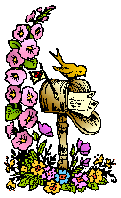
 First an announcement, bloggers interested in reviewing poetry and interviewing poets, please email me your blog addresses and names so I can put you on my Verse Reviewers page. It will help poets locate blogs interested in reviewing poetry. I’ll be working on this list over the summer.
First an announcement, bloggers interested in reviewing poetry and interviewing poets, please email me your blog addresses and names so I can put you on my Verse Reviewers page. It will help poets locate blogs interested in reviewing poetry. I’ll be working on this list over the summer.



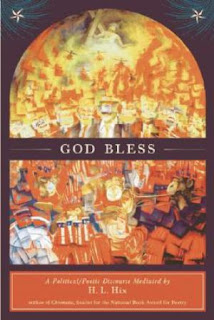
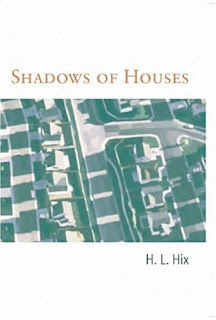

 In the meantime, I’ve started writing freelance articles for
In the meantime, I’ve started writing freelance articles for 